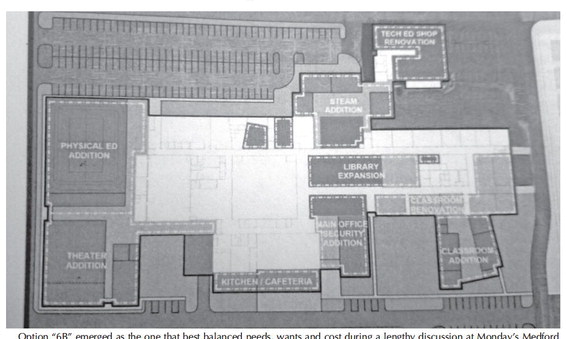Medford board moves toward a proposed renovation plan for MASH


The Medford School Board Monday unanimously settled on a preferred option for a potential building project at Medford Area Senior High (MASH) that could go to referendum as soon a...


